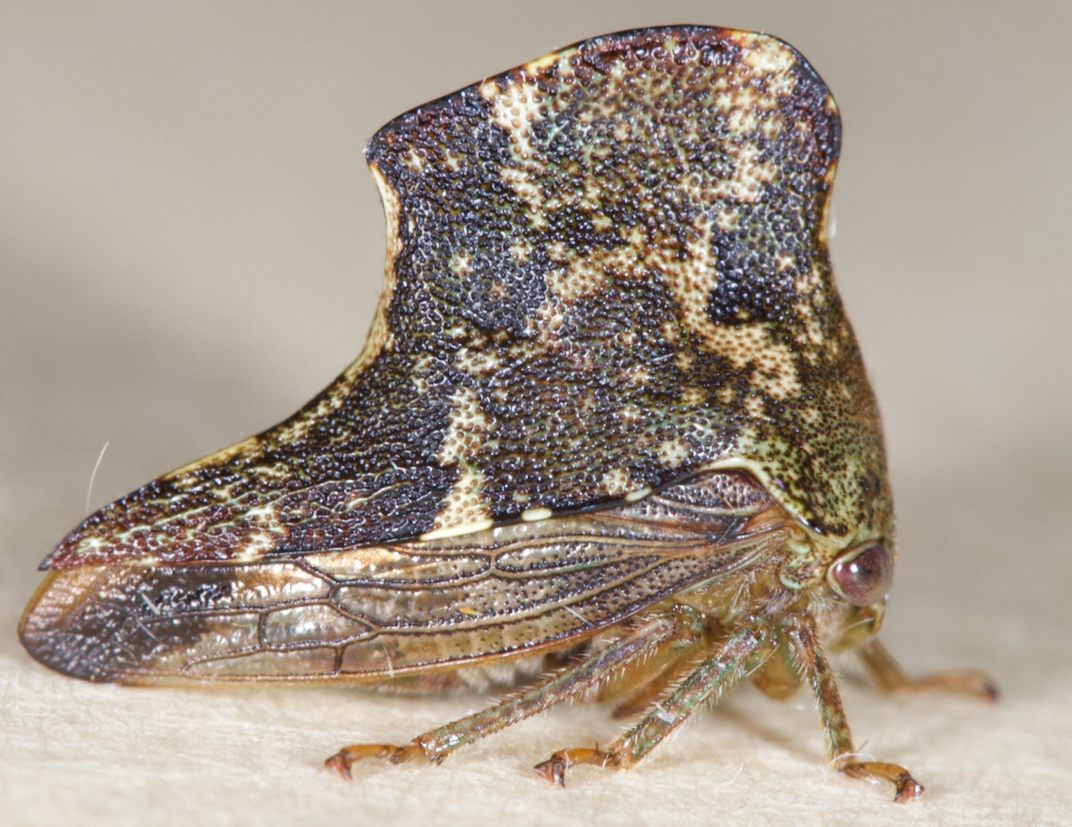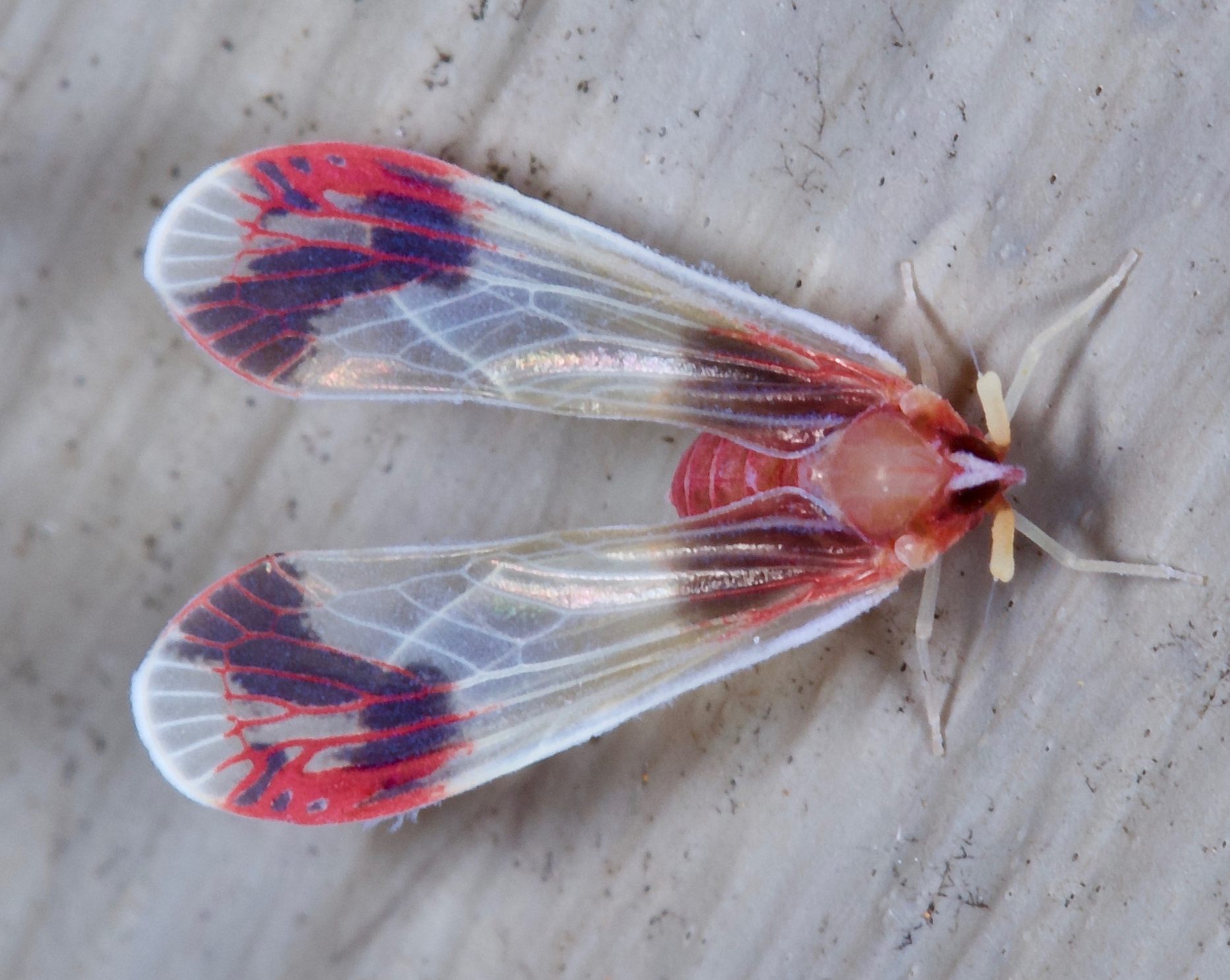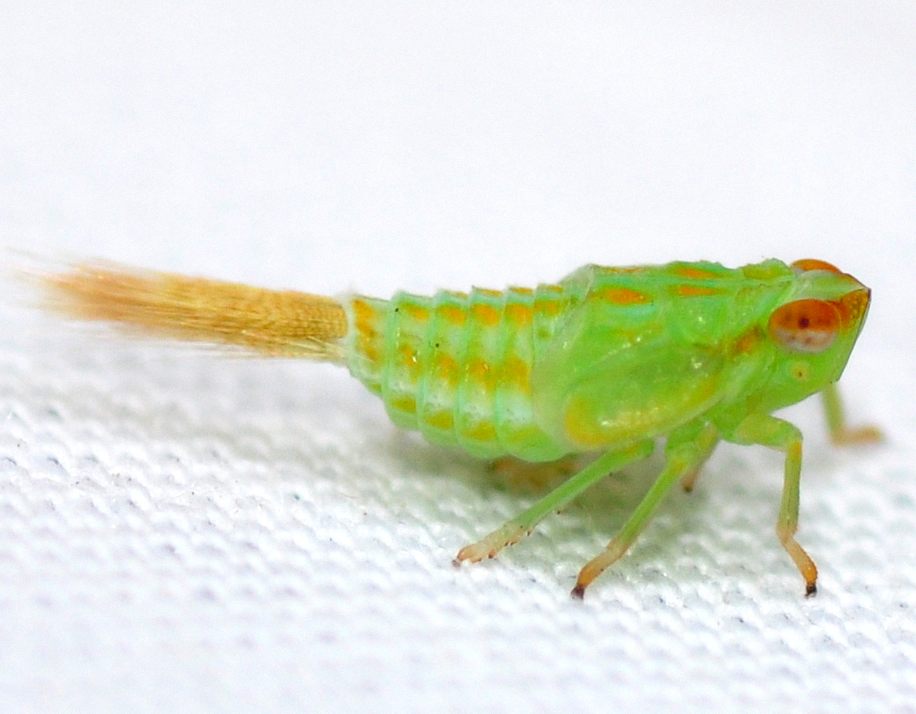Hoppers
 Hoppers belong to the insect order Hemiptera, the true bugs. More specifically, they are in the hemipteran suborder Auchenorrhyncha, the free-living hemipterans. In the eastern United States, free-living hemipterans consist of spittlebugs, leafhoppers, treehoppers, cicadas, and planthoppers. Cicadas are not represented on this website as they are well-documented in the literature and other online resources, unlike the other hopper groups. Globally, Auchenorrhyncha are one of the most numerous insect groups with over 42,000 known species described; however, there are many thousands more waiting to be described and discovered, even here in the eastern United States and North Carolina. For example, some sources have predicted that there may be close to 100,000 leafhopper species existing on the planet today.
Hoppers belong to the insect order Hemiptera, the true bugs. More specifically, they are in the hemipteran suborder Auchenorrhyncha, the free-living hemipterans. In the eastern United States, free-living hemipterans consist of spittlebugs, leafhoppers, treehoppers, cicadas, and planthoppers. Cicadas are not represented on this website as they are well-documented in the literature and other online resources, unlike the other hopper groups. Globally, Auchenorrhyncha are one of the most numerous insect groups with over 42,000 known species described; however, there are many thousands more waiting to be described and discovered, even here in the eastern United States and North Carolina. For example, some sources have predicted that there may be close to 100,000 leafhopper species existing on the planet today.
 Hoppers can be found on all continents except Antarctica and in many different habitats. A majority of hoppers have piercing-sucking mouthparts to feed on plant sap. Through their mouthparts, many hopper species act as vectors for plant diseases, and this coupled with the large role they play as herbivores in various habitats makes them one of the most important insect groups. There are some hopper species that are economically important due to the damage they can cause to crops and other plants, either through the deposition of eggs in plants or physical feeding.
Hoppers can be found on all continents except Antarctica and in many different habitats. A majority of hoppers have piercing-sucking mouthparts to feed on plant sap. Through their mouthparts, many hopper species act as vectors for plant diseases, and this coupled with the large role they play as herbivores in various habitats makes them one of the most important insect groups. There are some hopper species that are economically important due to the damage they can cause to crops and other plants, either through the deposition of eggs in plants or physical feeding.
 As the name suggests, hoppers are known for their strong hopping or jumping abilities, causing some individuals to be difficult to approach for close observation or photographs. Auchenorrhyncha also have complex acoustic communication systems, though typically only cicadas are audible to our ears. Males and, in many leafhopper and some planthopper species, females can produce vibrational signals transmitted through plant tissue. These vibrational signals are created by specialized organs known as tymbals. Many of the treehopper genera on this site have links to recorded vibrational signals that have been transformed into an audible noise to allow people to hear these calls.
As the name suggests, hoppers are known for their strong hopping or jumping abilities, causing some individuals to be difficult to approach for close observation or photographs. Auchenorrhyncha also have complex acoustic communication systems, though typically only cicadas are audible to our ears. Males and, in many leafhopper and some planthopper species, females can produce vibrational signals transmitted through plant tissue. These vibrational signals are created by specialized organs known as tymbals. Many of the treehopper genera on this site have links to recorded vibrational signals that have been transformed into an audible noise to allow people to hear these calls.